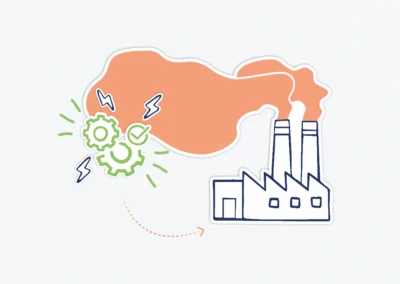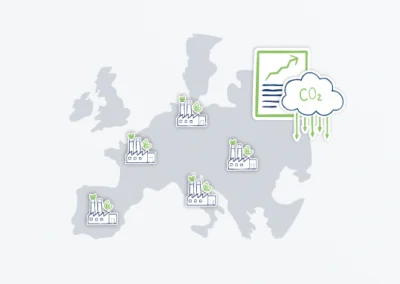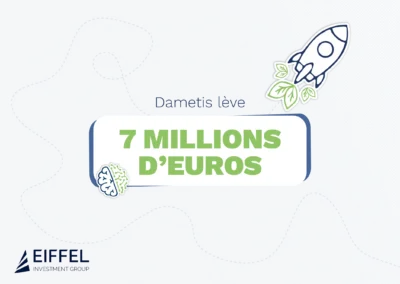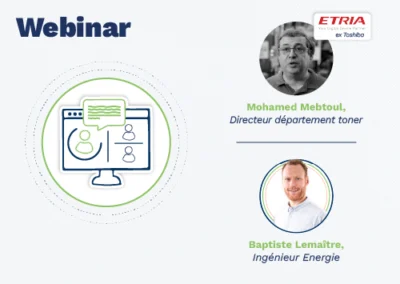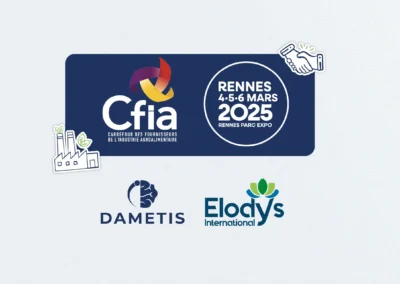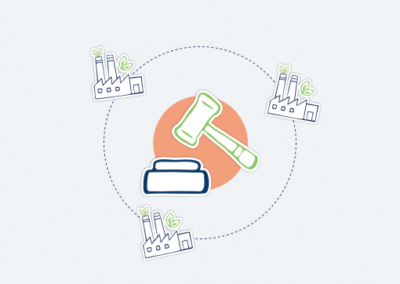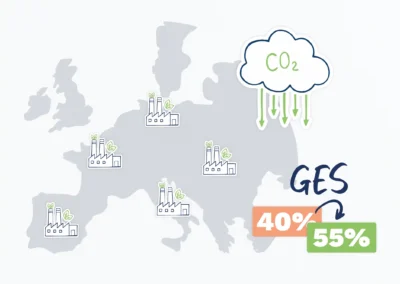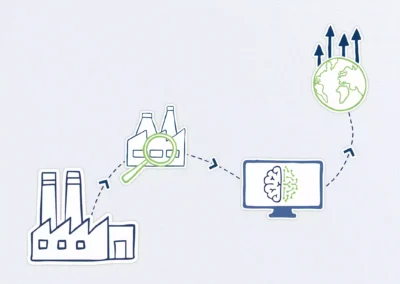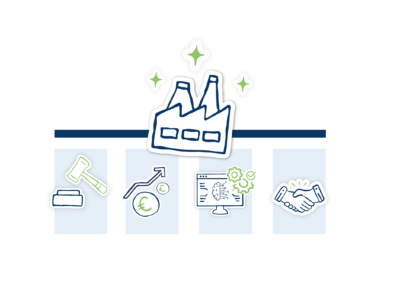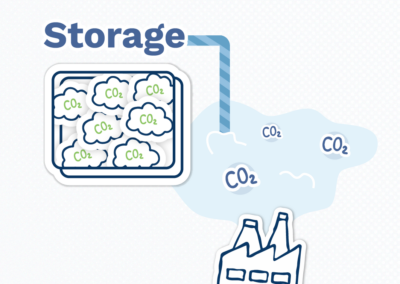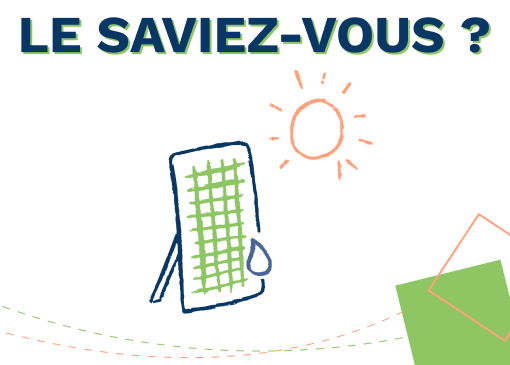
What are the Renewable Energies in France in 2022?
CO2 is one of the main elements of air pollution. In an ecological approach, calculating your company’s carbon footprint will allow you to evaluate your production of this gas. This will help you understand your position, raise awareness, and discover ways to reduce your carbon footprint.
What is Renewable Energy?
-
- Wind Energy: Energy from the wind. Wind turbines, located on land and sea, aim to produce electricity using wind power.
- Solar Energy: Energy from the sun. Three forms of energy can be generated from the sun: thermal and thermodynamic energy (from heat) and photovoltaic energy (from sunlight, particularly through solar panels).
- Biomass: The conversion of organic and plant matter (such as animal waste) into energy sources. This can take the form of heat, electricity, and heating production.
- Hydraulic Energy: Energy produced by the force of moving water, used for electricity generation.
- Geothermal Energy: Energy created by the earth’s heat and the very hot water found in underground aquifers, used for heat production.
What are the Renewable Energies in France?
Key Figures of Renewable Energy in France in 2022
Heating: The Primary Energy Consumption Sector in France
In France, the primary source of renewable energy in the energy mix is wood energy production, representing 114 billion TWh or 35.8% of all renewable energy. This wood energy production is mainly used for heating and involves producing energy from wood, such as by burning it.
Wood energy falls under biomass, the use of living matter to produce energy, and is the oldest form of energy used by humans. Wood energy production serves to generate electricity for heating. There are two main types of heating that use renewable energy:
Heat Pump: This device recovers natural heat from the air, earth, or water, which is then transformed into heat for the home.
Wood Pellet Boiler: Efficient for heating a house and providing hot water economically.
Hydroelectric power generation is also significant in France, being the second largest source of renewable energy with 58 billion TWh, representing 18% of the total energy consumption in France.









